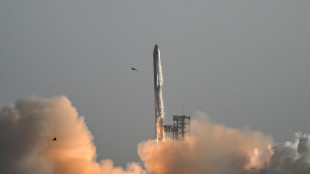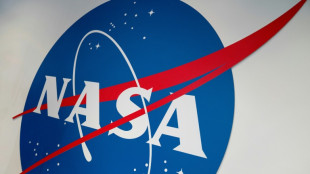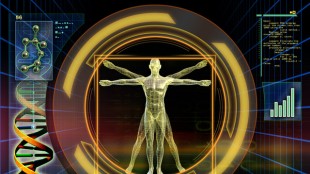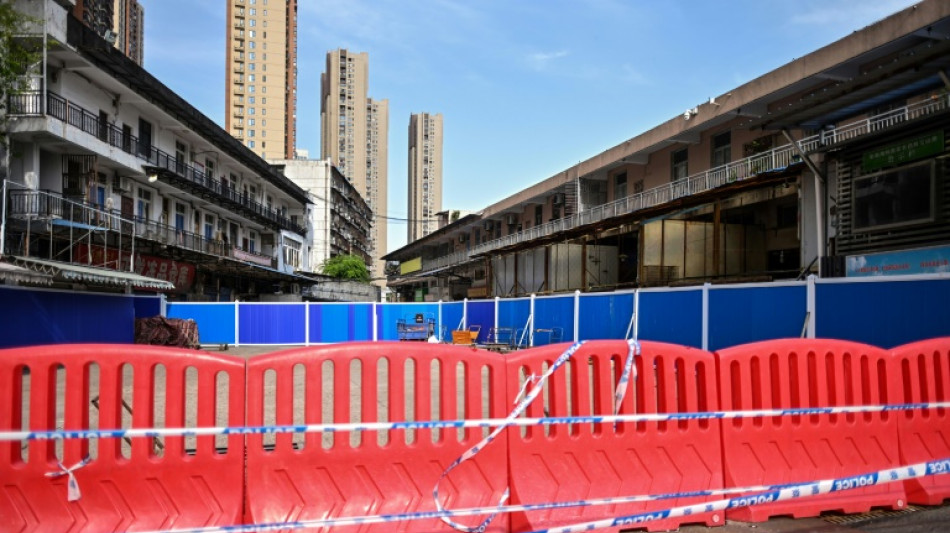
-
 US solar tariffs could drive Asia transition boom
US solar tariffs could drive Asia transition boom
-
Four-try Hurricane Sullivan says revenge fuelled Chiefs upset

-
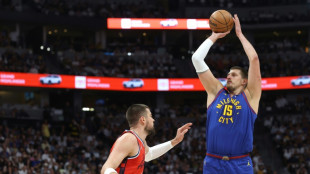 Nuggets rout Clippers to advance in NBA playoffs
Nuggets rout Clippers to advance in NBA playoffs
-
Scheffler shines in dark for eight-shot CJ Cup Byron Nelson lead
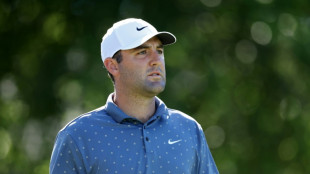
-
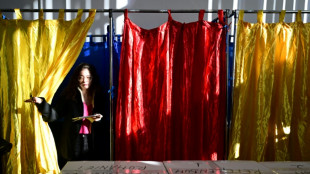 Romania returns to polls after annulled presidential vote
Romania returns to polls after annulled presidential vote
-
Easy vote turns Musk's dreams for Starbase city in Texas into reality

-
 Messi and Miami bounce back with 4-1 crushing of Red Bulls
Messi and Miami bounce back with 4-1 crushing of Red Bulls
-
US researchers seek to legitimize AI mental health care
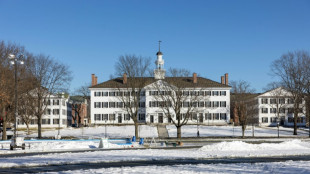
-
 Ryu clings to two-shot lead at LPGA Black Desert Championship
Ryu clings to two-shot lead at LPGA Black Desert Championship
-
Ledecky, Walsh cap Pro Swim meet with world records
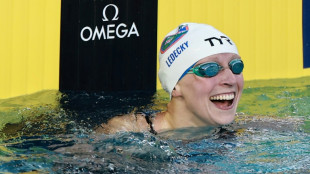
-
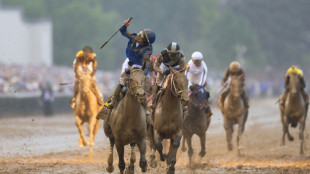 Sovereignty rules in 151st Kentucky Derby
Sovereignty rules in 151st Kentucky Derby
-
McLaughlin-Levrone sets world's fastest of year in 400m hurdles
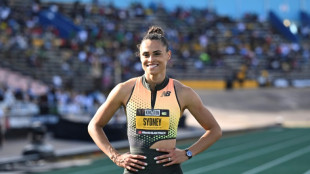
-
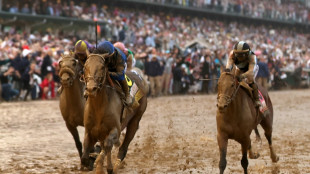 Sovereignty wins 151st Kentucky Derby
Sovereignty wins 151st Kentucky Derby
-
US swim star Ledecky smashes her longstanding 800m freestyle world record
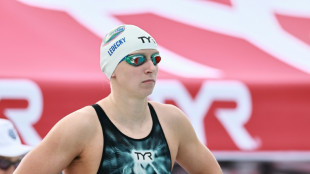
-
 Antonelli's teenage pace impresses Verstappen
Antonelli's teenage pace impresses Verstappen
-
From stronghold guarded by backers, Bolivia ex-leader plots return
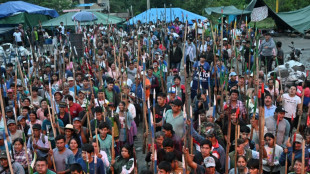
-
 Barca stay on Liga title track with Valladolid comeback
Barca stay on Liga title track with Valladolid comeback
-
Israel calls up tens of thousands of reservists for Gaza offensive

-
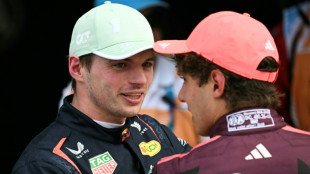 Verstappen takes pole position for Miami Grand Prix
Verstappen takes pole position for Miami Grand Prix
-
Williams beats Trump to set up World Snooker final with Zhao

-
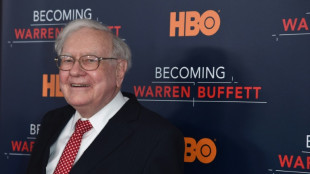 Warren Buffett to retire from Berkshire Hathaway by year's end
Warren Buffett to retire from Berkshire Hathaway by year's end
-
Barca battle back at Valladolid to preserve Liga title charge

-
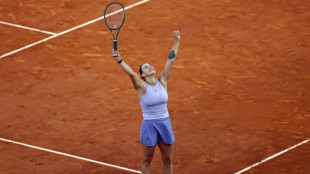 'Like a dream' says dominant Sabalenka after third Madrid title
'Like a dream' says dominant Sabalenka after third Madrid title
-
Napoli move step closer to Serie A crown after win at fiery Lecce

-
 Williams beats Trump to set up World Snooker final with Zhao Xintong
Williams beats Trump to set up World Snooker final with Zhao Xintong
-
Eurovision limbers up with over-60s disco
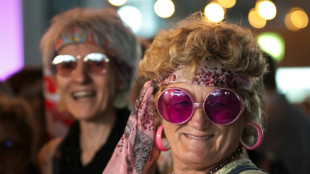
-
 'Surreal' Freeman hat-trick stuns Leinster to take Northampton into Champions Cup final
'Surreal' Freeman hat-trick stuns Leinster to take Northampton into Champions Cup final
-
Huge crowds head to Copacabana for free Lady Gaga concert
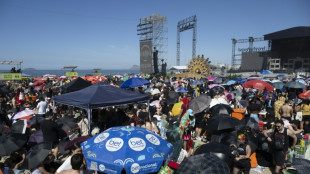
-
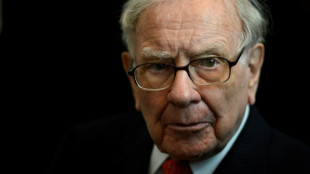 Warren Buffett: billionaire investor with simple tastes
Warren Buffett: billionaire investor with simple tastes
-
Serbian president out of hospital after cutting short US trip

-
 Arsenal rocked by Bournemouth, Villa boost top five bid
Arsenal rocked by Bournemouth, Villa boost top five bid
-
Freeman hat-trick stuns Leinster to take Northampton into Champions Cup final

-
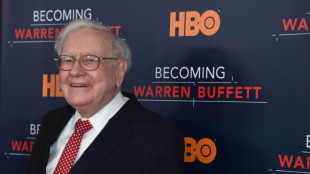 Warren Buffett says will retire from Berkshire Hathaway by year's end
Warren Buffett says will retire from Berkshire Hathaway by year's end
-
Al Ahli beat Kawasaki Frontale to win Asian Champions League

-
 Shepherd, Dayal edge Bengaluru past Chennai in IPL thriller
Shepherd, Dayal edge Bengaluru past Chennai in IPL thriller
-
Sabalenka beats Gauff to win third Madrid Open crown
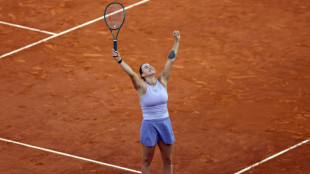
-
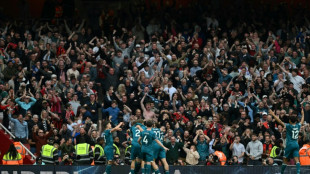 Arsenal suffer Bournemouth defeat ahead of PSG showdown
Arsenal suffer Bournemouth defeat ahead of PSG showdown
-
Napoli six clear in Serie A after win at fiery Lecce

-
 Van Nistelrooy glad as Leicester end goal drought against sorry Saints
Van Nistelrooy glad as Leicester end goal drought against sorry Saints
-
Meta fighting Nigerian fines, warns could shut Facebook, Instagram
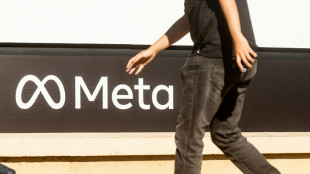
-
 Hamas armed wing releases video of apparently injured Israeli hostage
Hamas armed wing releases video of apparently injured Israeli hostage
-
Norris wins wild and wet Miami GP sprint race
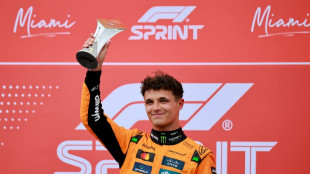
-
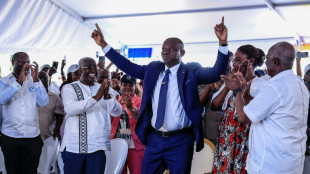 Gabon ex-junta chief Oligui sworn in after election win
Gabon ex-junta chief Oligui sworn in after election win
-
Singapore ruling party wins election in landslide

-
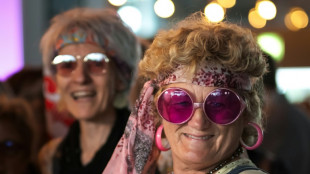 Eurovision warms up with over-60s disco
Eurovision warms up with over-60s disco
-
Russell helps Bath beat Edinburgh in Challenge Cup semi-final

-
 Second-string PSG beaten by Strasbourg before Arsenal return leg
Second-string PSG beaten by Strasbourg before Arsenal return leg
-
Zelensky says won't play Putin 'games' with short truce

-
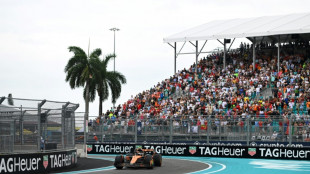 Norris wins Miami GP sprint race
Norris wins Miami GP sprint race
-
PM of Yemen government announces resignation


Pair of new studies point to natural Covid origin
An animal market in China's Wuhan really was the epicenter of the Covid pandemic, according to a pair of new studies in the journal Science published Tuesday that claimed to have tipped the balance in the debate about the virus' origins.
Answering the question of whether the disease spilled over naturally from animals to humans, or was the result of a lab accident, is viewed as vital to averting the next pandemic and saving millions of lives.
The first paper analyzed the geographic pattern of Covid cases in the outbreak's first month, December 2019, showing the first cases were tightly clustered around the Huanan Market.
The second examined genomic data from the earliest cases to study the virus' early evolution, concluding it was unlikely the coronavirus circulated widely in humans prior to November 2019.
Both were previously posted as "preprints" but have now been vetted by scientific peer review and appear in a prestigious journal.
Michael Worobey of the University of Arizona, who co-authored both papers, had previously called on the scientific community in a letter to be more open to the idea that the virus was the result of a lab leak.
But the findings moved him "to the point where now I also think it's just not plausible that this virus was introduced any other way than through the wildlife trade at the Wuhan market," he told reporters on a call about the findings.
Though previous investigation had centered on the live animal market, researchers wanted more evidence to determine it was really the progenitor of the outbreak, as opposed to an amplifier.
This required neighborhood-level study within Wuhan to be more certain the virus was "zoonotic" -- that it jumped from animals to people.
The first study's team used mapping tools to determine the location of the first 174 cases identified by the World Health Organization, finding 155 of them were in Wuhan.
Further, these cases clustered tightly around the market -- and some early patients with no recent history of visiting the market lived very close to it.
Mammals now known to be infectable with the virus -- including red foxes, hog badgers and raccoon dogs, were all sold live in the market, the team showed.
- Two introductions to humans -
They also tied positive samples from patients in early 2020 to the western portion of the market, which sold live or freshly butchered animals in late 2019.
The tightly confined early cases contrasted with how it radiated throughout the rest of the city by January and February, which the researchers confirmed by drilling into social media check-in data from the Weibo app.
"This tells us the virus was not circulating cryptically," Worobey said in a statement. "It really originated at that market and spread out from there."
The second study focused on resolving an apparent discrepancy in the virus' early evolution.
Two lineages, A and B, marked the early pandemic.
But while A was closer to the virus found in bats, suggesting the coronavirus in humans came from this source and that A gave rise to B, it was B that was found to be far more present around the market.
The researchers used a technique called "molecular clock analysis," which relies on the rate at which genetic mutations occur over time to reconstruct a timeline of evolution -- and found it unlikely that A gave rise to B.
"Otherwise, lineage A would have had to have been evolving in slow motion compared to the lineage B virus, which just doesn't make biological sense," said Worobey.
Instead, the probable scenario was both jumped from animals at the market to humans on separate occasions, in November and December 2019. The researchers concluded it was unlikely that there was human circulation prior to November 2019.
Under this scenario, there were probably other animal-to-human transmissions at the market that failed to manifest as Covid cases.
"Have we disproven the lab leak theory? No, we have not. Will we ever be able to know? No," said co-author Kristian Anderson of The Scripps Research Institute.
"But I think what's really important here is that there are possible scenarios and they're plausible scenarios and it's really important to understand that possible does not mean equally likely."
P.M.Smith--AMWN
